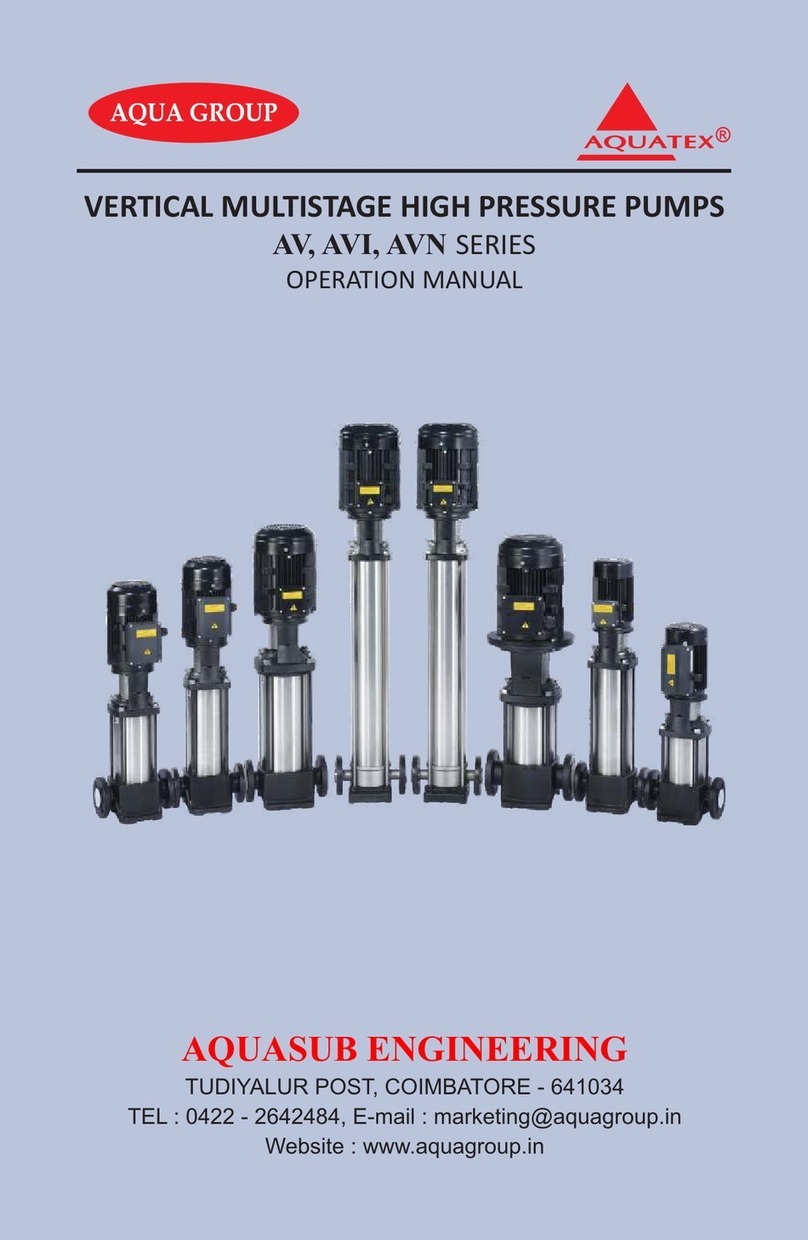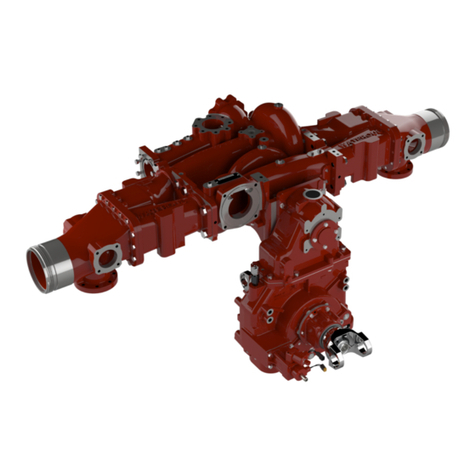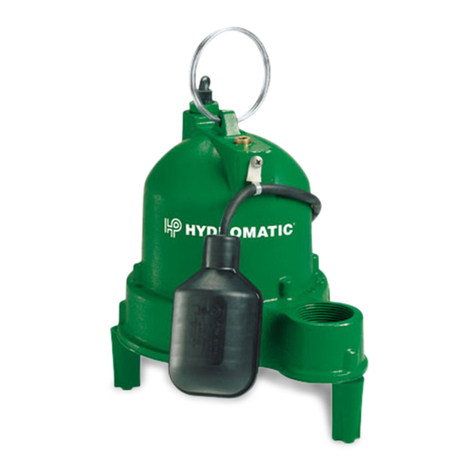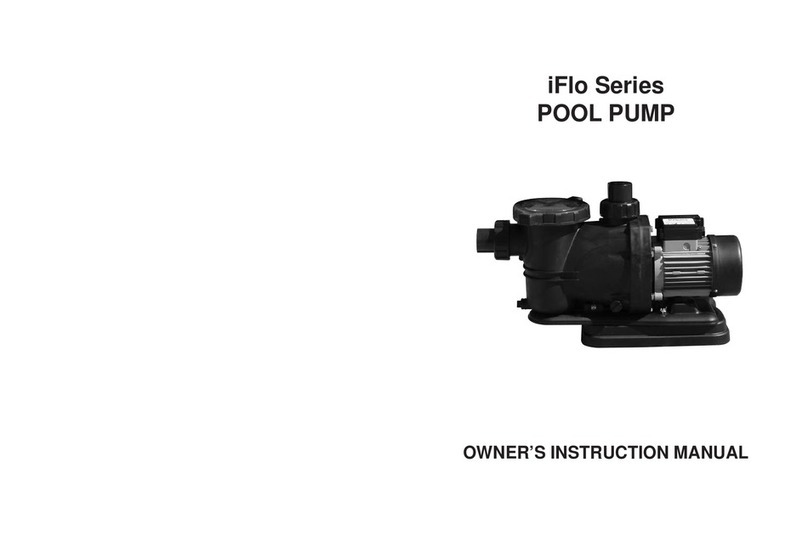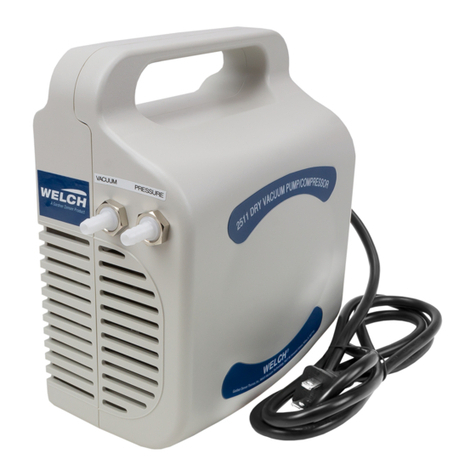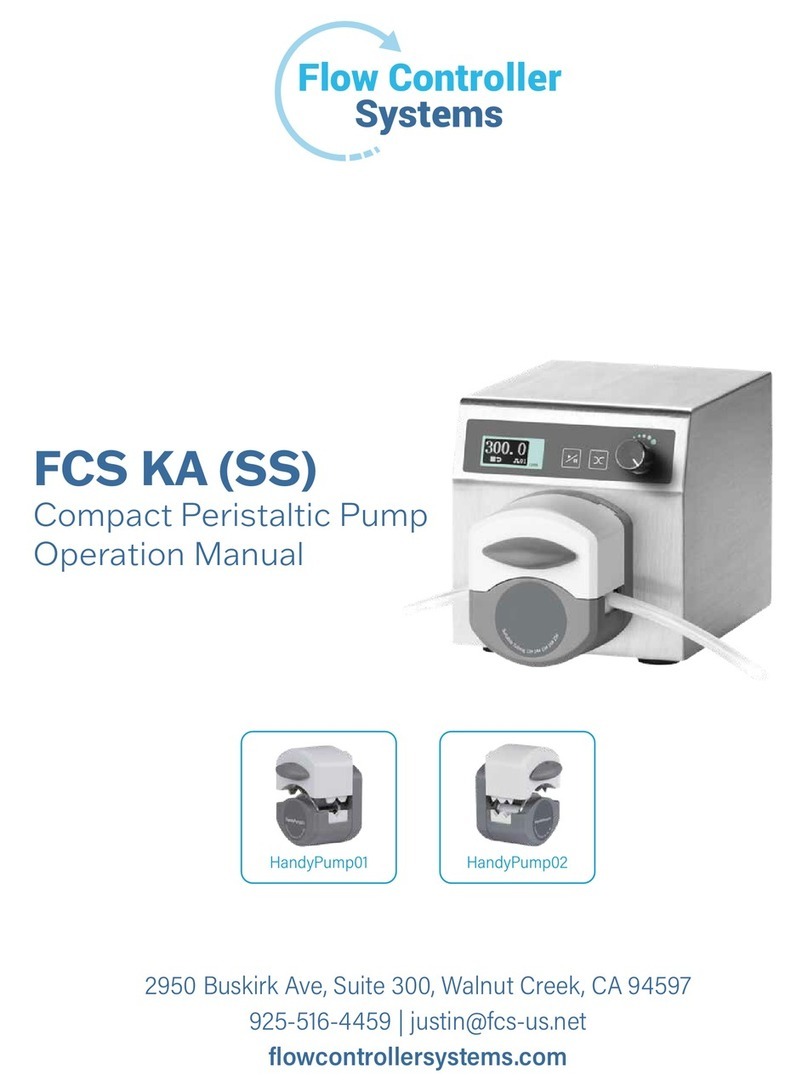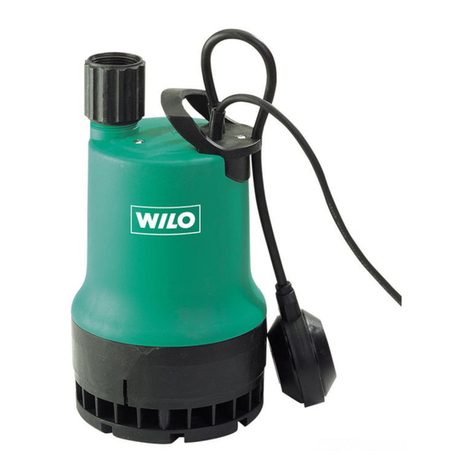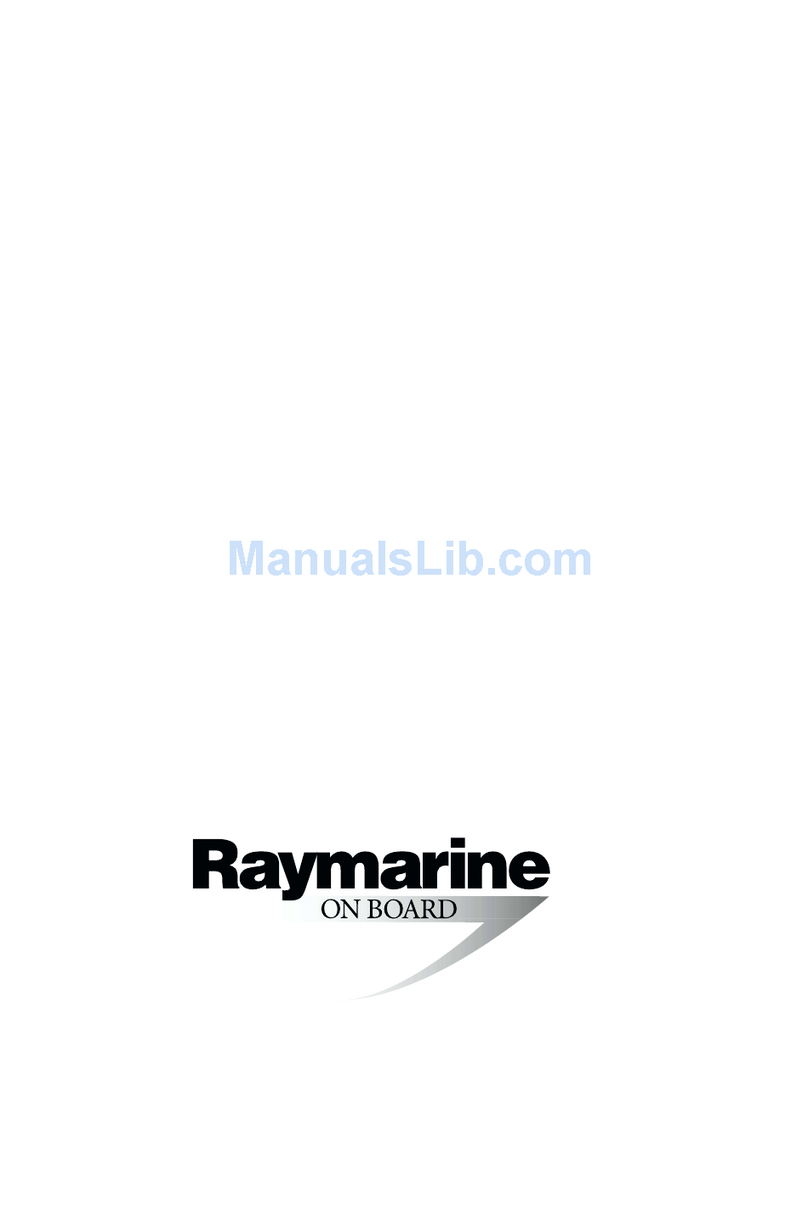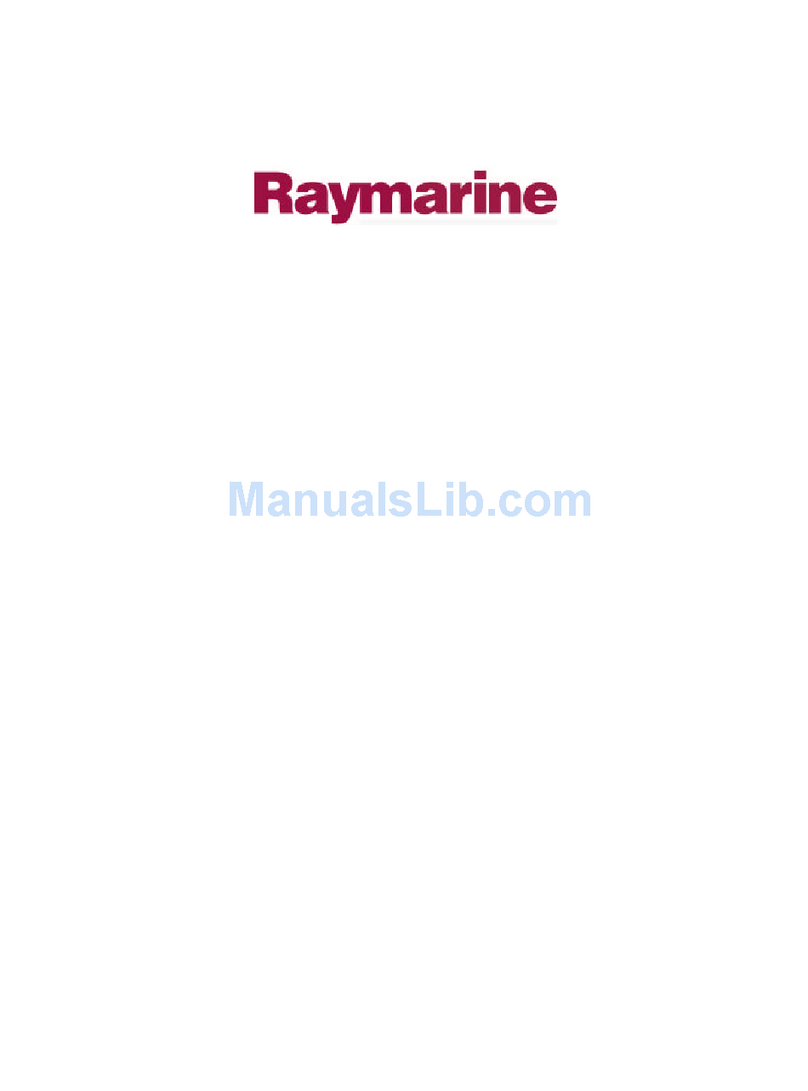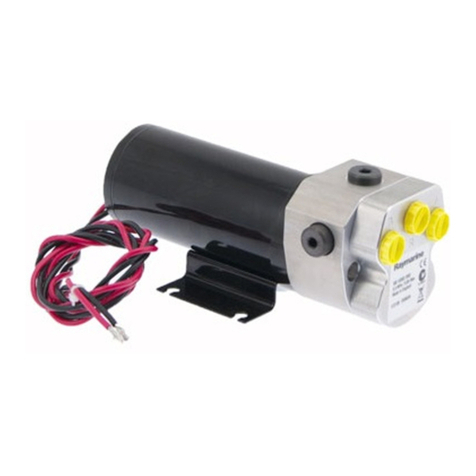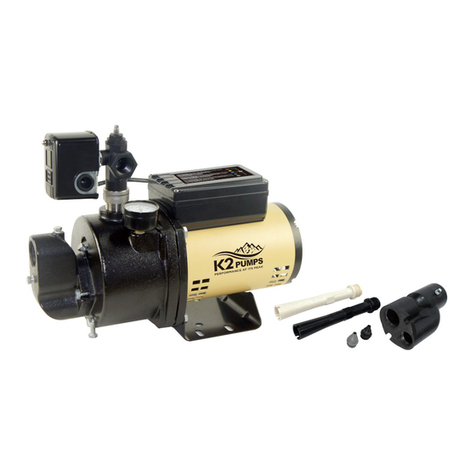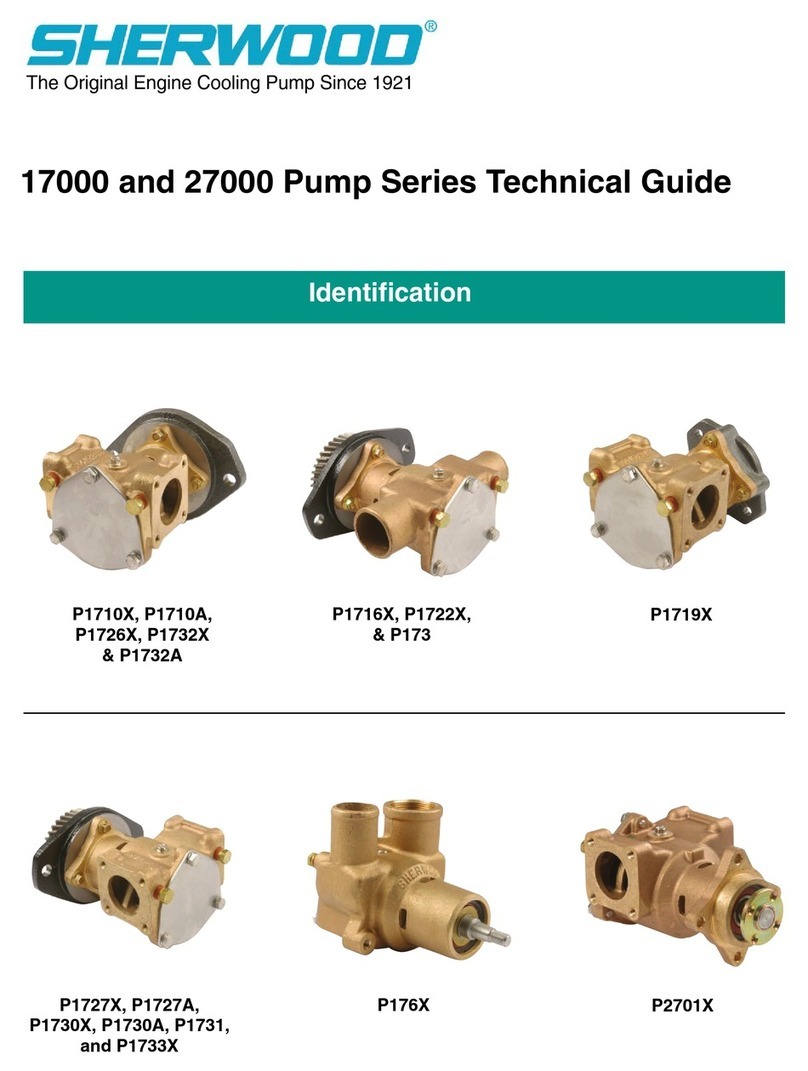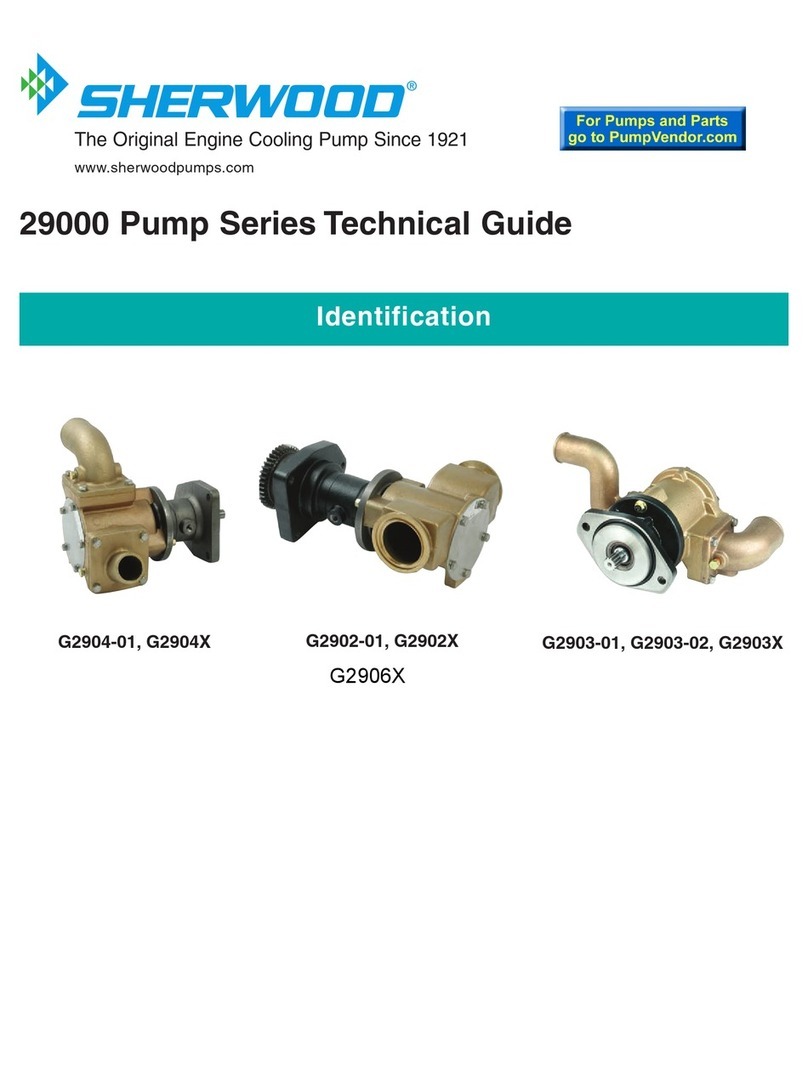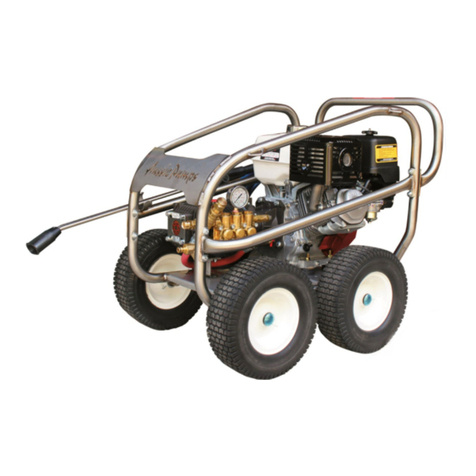
13
General guidelines
• The ports on the autopilot pump are 1/4 in BSPP and 3/8 in BSPP parallel
threaded. If you need to convert to 1/4 in NPT, use the three BSPP to NPT
adaptors (supplied). Use only bonded rubber / metal washers to seal the fit-
tings. Do NOT use tapered adapters, sealing compound, or PTFE tape.
• The ram ports are the service line connections to the ram. The hydraulic
hoses and connections must be of a suitable pressure rating. Refer to the
Technical Specification in this document.
• The reservoir port is the reservoir or balance line and MUST be connected,
through a continuous rise to the helm pump lowest connection or other exter-
nal reservoir. To avoid potential damage or steering failure, do NOT plug this
reservoir port. The optional reservoir port on the top of the unit is an optional
port to allow for the most appropriate fitting of pipes, depending on the
mounting orientation of the pump. The optional port is accessed by removing
the blanking plug.
• All pipes used to fit the pump should match, or exceed, the specification of
the existing steering system pipes. Contact the steering system manufac-
turer if you need more information.
• Use flexible pipe to connect the pump to the boat’s steering system - this
avoids strain on the pipes.
• Try to keep hydraulic fluid loss to a minimum when installing the pump. This
will reduce the time and effort required to bleed the system of trapped air
after installation:
• non-pressurized systems: temporarily fit a non-venting plug to the helm
reservoir vent to minimize fluid loss
• pressurized systems:
• Follow the manufacturer’s instructions if you fit any T-pieces.
• The reservoir hose must be of a suitable pressure rating. Refer to the
Technical Specification in this document.
• All hydraulic pipes should slope upwards towards the reservoir.
• A set of bleed valves near the steering ram, fitted at the highest point, will
allow any air to escape upwards.
CAUTION
PTFE tape
Do not use PTFE tape or a pipe sealing compound on hydraulic pipe
connections to ensure a leak-proof joint.























